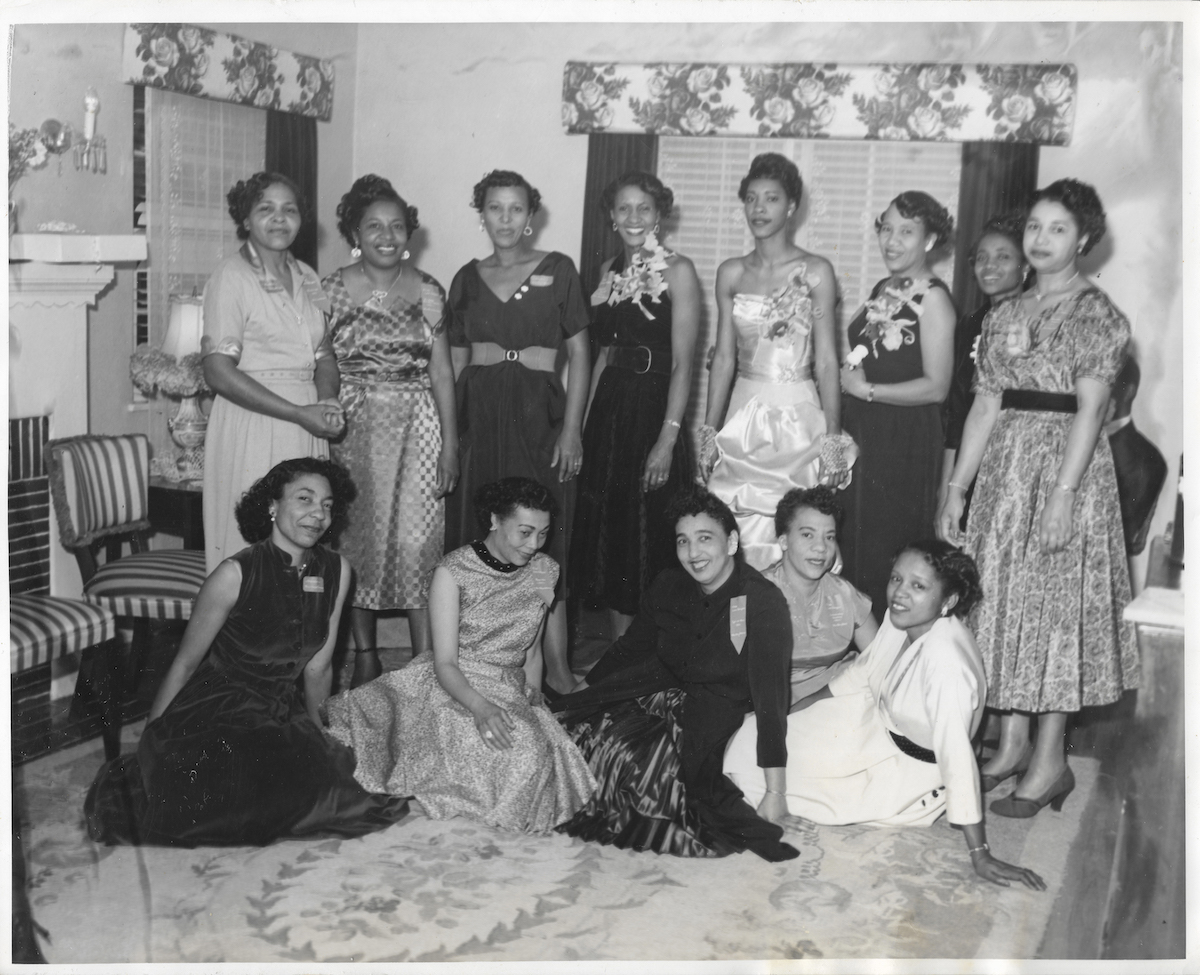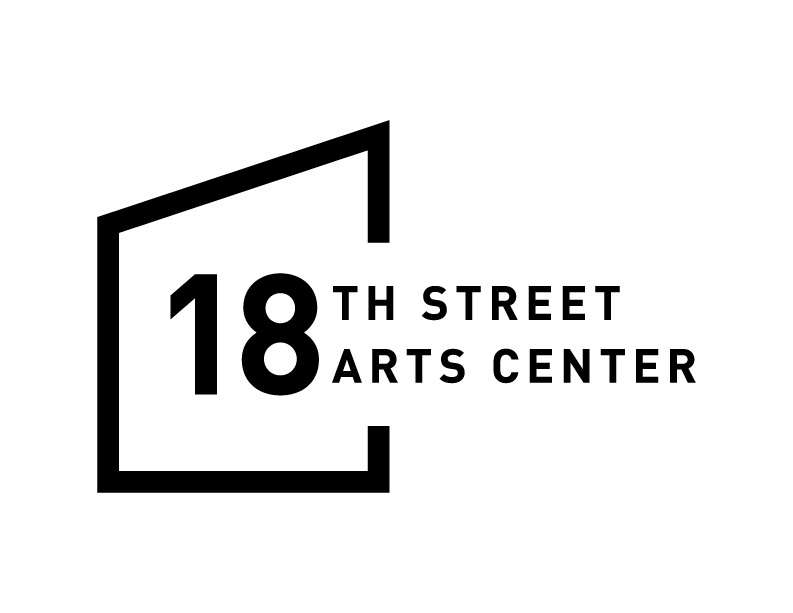Below are a range of oral history interviews collected between 2016 – 2020 from Black community leaders and long-time residents in Santa Monica, reflecting on a variety of topics relevant to Santa Monica’s vibrant Black community and its evolution over time. The interviews touch upon Black churches, integrated education, neighborhood support networks, important community leaders, and seminal events like Santa Monica’s Juneteenth Festival — all key elements of the culture of the Pico Neighborhood both past and present. These oral histories were collected by a team of volunteer Pico residents as well as 18th Street Arts Center staff.

Oral Histories of Black Santa Monicans
Black Santa Monica in the 1940s and F.A.M.E Church
Carolyne Edwards, long time resident and Quinn Research Center’s founder and archivist, describes what it was like to grow up in Santa Monica in the 1940s and remembers experiences that took place at First African Methodist Episcopal Church. Carolyne and Bill Edwards founded the Quinn Research Center as a tribute to the legacy of Dr. Alfred T. Quinn, a prominent Black educator, community leader and icon of the Santa Monica Bay Area in the mid to late 20th century.
More oral histories from Carolyne Edwards:
The Quinn Research Center Archive
Locations mentioned: 1823 Michigan Ave, Santa Monica, CA 90404
The Legacy of Ms. Thelma Terry
Community historian Robbie Jones explains how Thelma Terry, a recreation leader at Memorial Park, worked with African American youth when a lot of organizations in the city didn’t. The new building at Virginia Avenue Park was named in her honor. Jones is the founder of Black Santa Monica Tours and Concierge. More information here.
Locations mentioned: Virginia Avenue Park, 2200 Virginia Avenue, Santa Monica CA 90404.
LaVerne Ross, Founder of Santa Monica’s Juneteenth Festival
Laverne Ross, Santa Monica’s Juneteenth Festival’s founder, describes when the festival was founded and conversations in the city during that time. The first event held in 1992, brought 700-800 people.
More oral histories from LaVerne Ross:
Changes in the Pico Neighborhood
The Story of Henry Box Brown
First Memories of Juneteenth
Locations mentioned: Virginia Avenue Park, 2200 Virginia Avenue, Santa Monica CA 90404.
Harriette McCauley – Santa Monica during WWII and Japanese internment
Long time resident Harriette McCauley describes growing up in Santa Monica in the early 1940’s. Despite WWII tensions, there was solidarity between African-American and Japanese-American communities.
More oral histories from Harriette McCauley:
Santa Monica Churches in the 1920s-40s
Locations mentioned: 1924 19th St, Santa Monica CA 90404
From Segregated Education in Arkansas to Integrated Education in California
Ola Mitchell, member of Parent Connection Group, shares how she moved from Texarkana, Arkansas to Santa Monica. Coming from a state where schools were still segregated, Mitchell shares her experience attending a non-segregated school in Santa Monica.
More oral histories from Ola Mitchell:
Housing in Santa Monica
Parent Connection Group
Police Violence in Virginia Avenue Park
Locations mentioned: 13000 Venice Blvd, Los Angeles, 90066
Black Churches in Santa Monica: Changes
Ola Mitchell, community advocate and long term resident of the Pico Neighborhood, raises awareness on the phasing out of Black churches in Santa Monica.
More oral histories from Ola Mitchell:
Working in Santa Monica
Advocating in the Community
Locations mentioned: 1823 Michigan Ave., Santa Monica, CA 90404
Taylor Parker – 1980s Santa Monica Education
Taylor Parker, long-term resident and teacher at Crossroads in Santa Monica, talks about her formative years living in the Pico Neighborhood and attending the schools there.
Locations mentioned: 1501 California Ave, Santa Monica, CA 90403
Ola Mitchell – The Importance of Investing in Black Youth
Ola Mitchell, community advocate and long-term resident of the Pico Neighborhood, expresses how Black families have been separated throughout time, even in Santa Monica.
Locations mentioned: 601 Santa Monica Blvd, Santa Monica, CA 90401
Building Virginia Avenue Park
Robbie Jones, long-time resident and community historian, describes the role community members played in the creation of Virginia Ave Park, which once was a dirt lot.
Locations mentioned: 2200 Virginia Avenue, Santa Monica CA 90404

